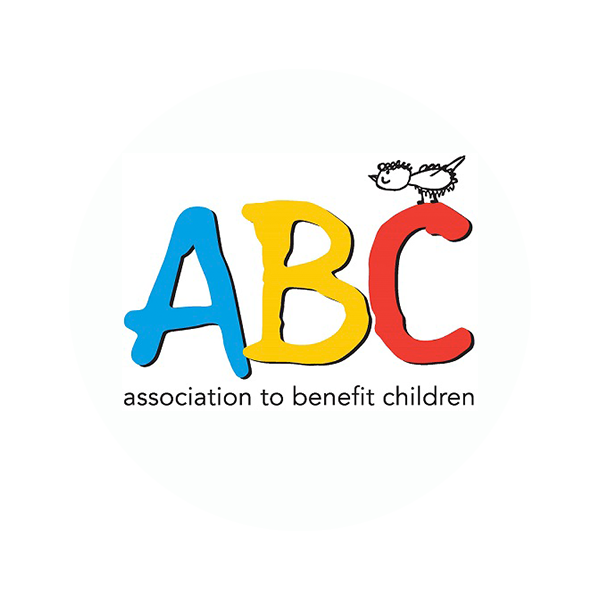#1 Use rice, pasta - anything that comes in large quantities - to reinforce math skills
Playing with physical objects is a fantastic way for kids to improve their math skills. You can use it for:
Counting
Example: give your child 8 pastas and ask them how many pastas they have.
Skip counting (children learn this skill in 2nd grade)
Counting by two, by four, etc
Addition and subtraction (children begin to learn this skill in 1st grade)
Example: give them ten pieces of rice, then take three away and ask them how many pieces are left.
Multiplication and division (children begin to learn this skill in 3rd grade)
Example: “If you have 45 pieces of rice, and I want you to divide them into five equal groups, how many pieces of rice are in each group?”
#2 Slide
Slide is a hand-clapping game that you can play with your child. Because this game relies on counting, it is an enjoyable way for kids to improve their cognitive thinking.
The video below describes how to play the game.
In the video, the two people played the game with the rules that for any number with 5 in it, the players must skip over the number when counting. For example, numbers like 5, 15, 25, and 50 must be skipped. This version is perfect for younger kids who are learning to count.
For older kids, you can change the game and make it more difficult. For instance, the new rules can be that you cannot say any prime numbers or you have to count by 4s. Anything can work! Customize the game to your liking.
#3 War
War is a classic card game, but did you know that it can also be used to improve your child’s math skills? This mathematical adaptation of War will not only get your child excited about learning but it can also serve as part of a family game night!
To play mathematical WAR, first, assign these numbers to each card. For example, an ace card equals 1, and so on.
Ace - 1
Two to 10 — the value it says on the card (ex. 2 = 2, 3 = 3, etc.)
Jack — 11
Queen — 12
King — 13
Divide the deck so each player has the same amount of cards. This game can be played with as many players as you want.
Each player will flip over one card. The first person to figure out the answer to all the cards added together will win those sets of cards. For a harder version of the game, rather than adding the cards, you can also multiply the cards.
If you draw the same card, it’s a WAR. Each person has to put four more cards onto the playing surface, with the last card flipped up. Each person will have a total of 5 cards on the table - 2 cards facing up and 3 cards facing down. This is shown in the image below.
The first person to add or multiply the numbers facing up gets to keep all the cards.
For example, in the picture above, if the players are playing the version where they are adding the cards together, they would have to add 5 + 1 + 11 + 5. The first person to get the correct answer gets to keep all 10 cards on the table.
Whoever ends with the most cards wins.
Please refer to the video above for clarifications.
#4 Stand up/ Sit down
Need a game that is going to keep your kids on their toes? Then this is the perfect game! To play, read or show your kid a math problem with the answer. If the answer is correct, students must stand up. If the answer is incorrect, they must stay sitting.
You can come up with your own problems if that works best for you, or you can find them online by searching ___ grade math problems with answers (ex. Second-grade math problems with answers). You can use Quizlet for this! Make sure to change the answers to some of these problems so the answer is not always correct.
#5 Flashcards, flashcards, flashcards……
Flashcards are a simple, yet versatile tool for anyone looking to touch up on their math skills. You can create your own flashcards and write the equations you want your kids to solve. For example, addition and subtraction problems are great if your child is on the younger side, and harder problems like multiplication and division are perfect if your child is a bit older.
Another way to use flashcards without having to create them on your own is to find pre-made sets on Quizlet.
To do this, first visit Quizlet.com Create a FREE account with any email address. You do not need to pay for Quizlet to access these sets so please DO NOT PAY ANY MONEY OR DO A FREE TRIAL.
Once you create an account and log in, go to the search bar and type in the type of math problems you want.
This is what the search bar should look like:
Example: If I want to see third-grade math problems, I would simply type “Third-grade math problems.”
Once you have picked the set that you and your child want to use, click on the set and play it!


















